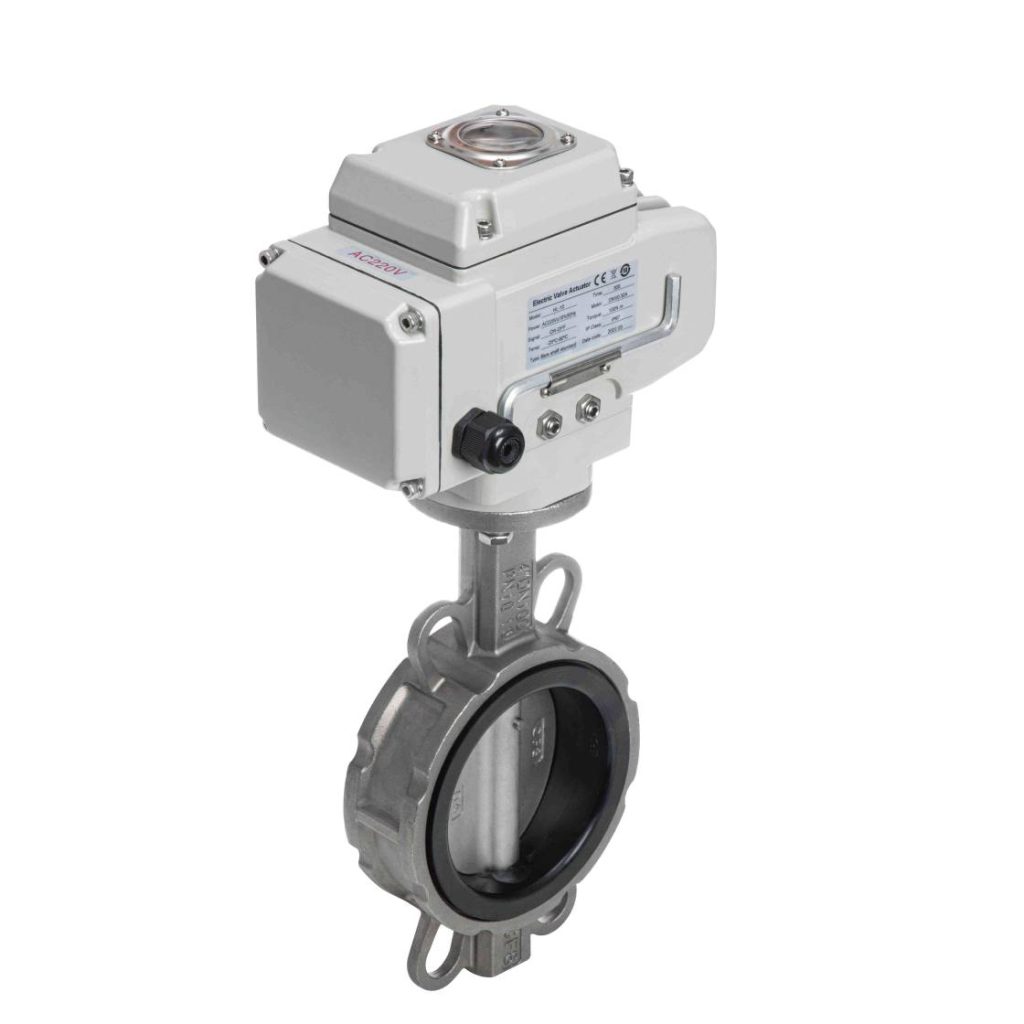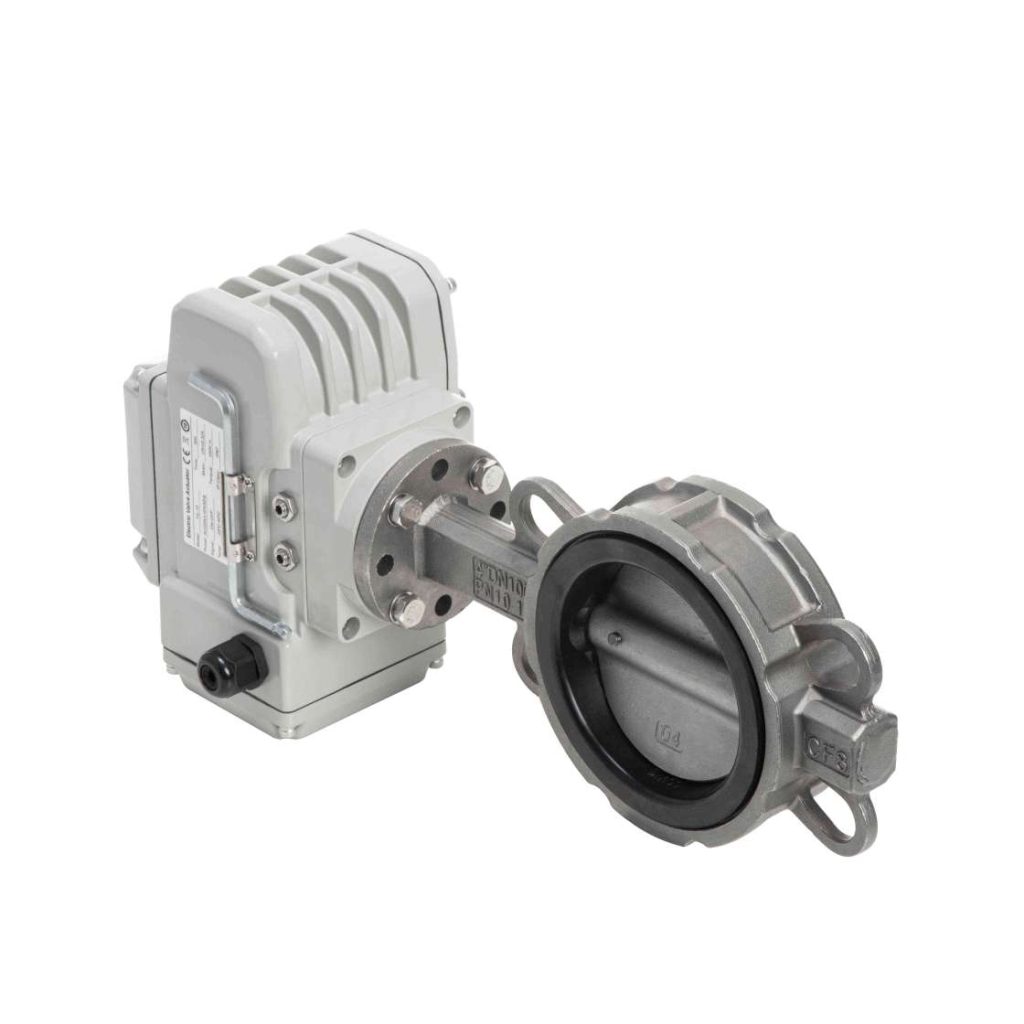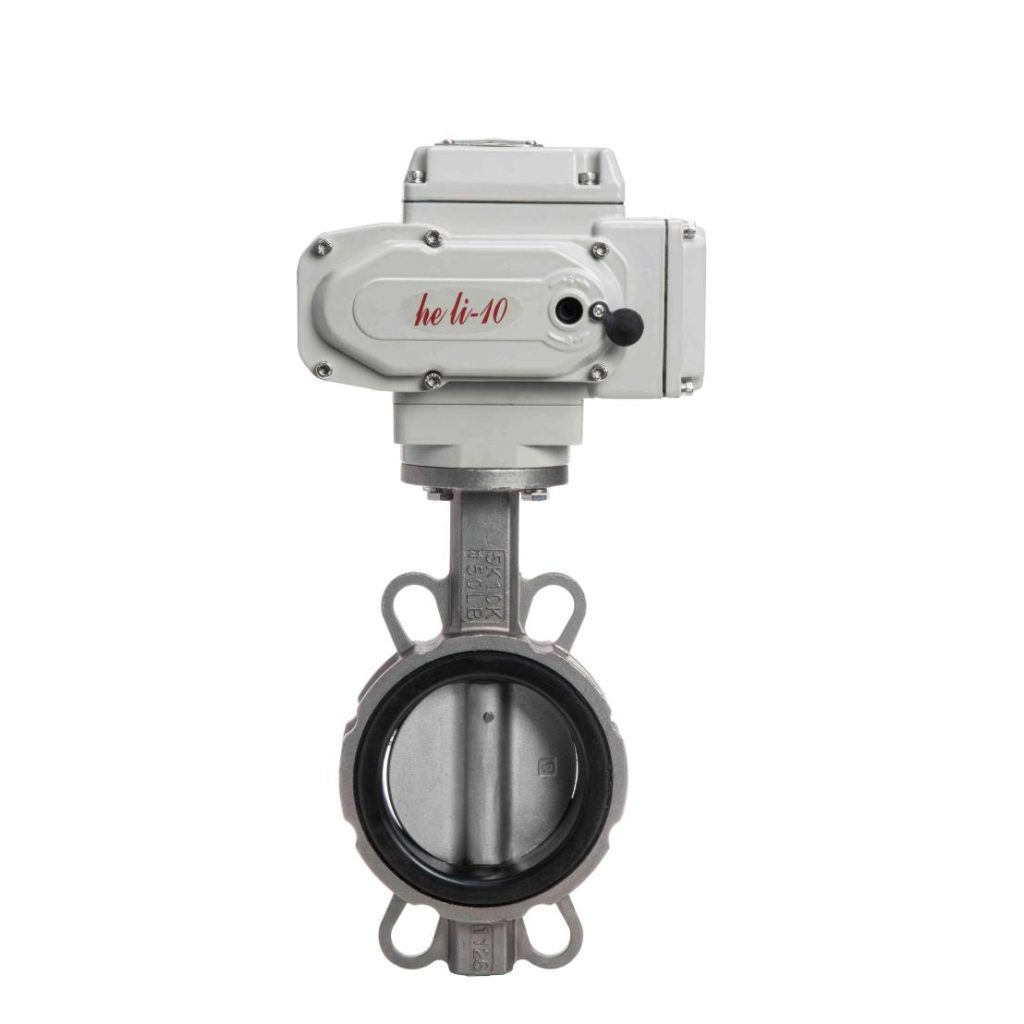The electric clamp butterfly valve has emerged as a popular and highly effective solution in various industrial applications. Known for its compact design, durability, and ease of operation, this valve type is becoming increasingly important in industries such as water treatment, oil and gas, HVAC, and chemical processing. In this article, we will delve into the features, working principles, benefits, and common uses of the electric clamp butterfly valve, highlighting its significance in today’s industrial landscape.

What is an Electric Clamp Butterfly Valve?

An electric clamp butterfly valve is a type of valve that uses a butterfly disk to control the flow of fluids or gases in a pipeline. The “electric” aspect of the valve refers to its actuator, which is powered by electricity to open or close the valve. This eliminates the need for manual operation, making it highly efficient and easy to control. The term “clamp” refers to the way the valve body is connected to the pipeline, typically using a clamping mechanism that secures the valve in place without the need for welding or threading. The butterfly valve itself consists of a circular disk that is positioned inside the valve body. When the valve is closed, the disk is perpendicular to the flow path, completely blocking the flow. When the valve is open, the disk rotates parallel to the flow direction, allowing for a smooth, controlled flow of the medium through the pipeline. The electric actuator is responsible for rotating the disk, either fully or partially, to regulate the flow as needed.
